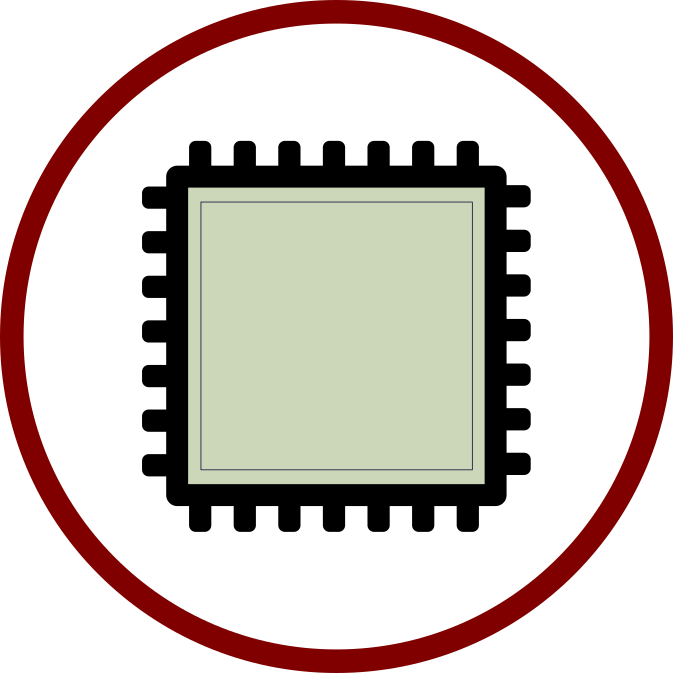So it appears to me that Monero/CryptoNote mining has gained a lot of popularity lately, and this has led many people to this website. Let me note that LabVIEW FPGA is a proprietary tool that comes with a 30-day Evaluation. After that, you have to spin up a new virtual machine and reinstall LabVIEW to keep your installation alive. However, when it comes to FPGA development, LabVIEW is the best tool out there.
Sure, it may not support the latest board from Xilinx or Digilent or whoever, but what it does support it supports well.
Take the PXIe-6592 board. I was able to take this board and to implement stage 3 of the CryptoNight algorithm while I was on a “diversion” from my normal FPGA development side projects.
Now I am hearing that Monero is profitable, but only via an FPGA. Well, let me go back to my source code and see if I can provide some benchmarks.

it will be interesting to see what can do an FPGA. I try mine on a Vega 56 is profitable but l think that the program cant use the Vega 56 power at 100%.
For reference point a Vega 56 gives 1900 Hs on Cryptonightv7
Got any code I can look at for a reference?
The code is LabVIEW – not VHDL – which is the strength and the weakness of this approach.
See the following repository:
https://github.com/fpganow/MicroBlaze_lwIP
wow this card retails for 20k AU, it would want to do 100k hash plugs for that amount of money, way over priced for something that has 1 FPGA chip